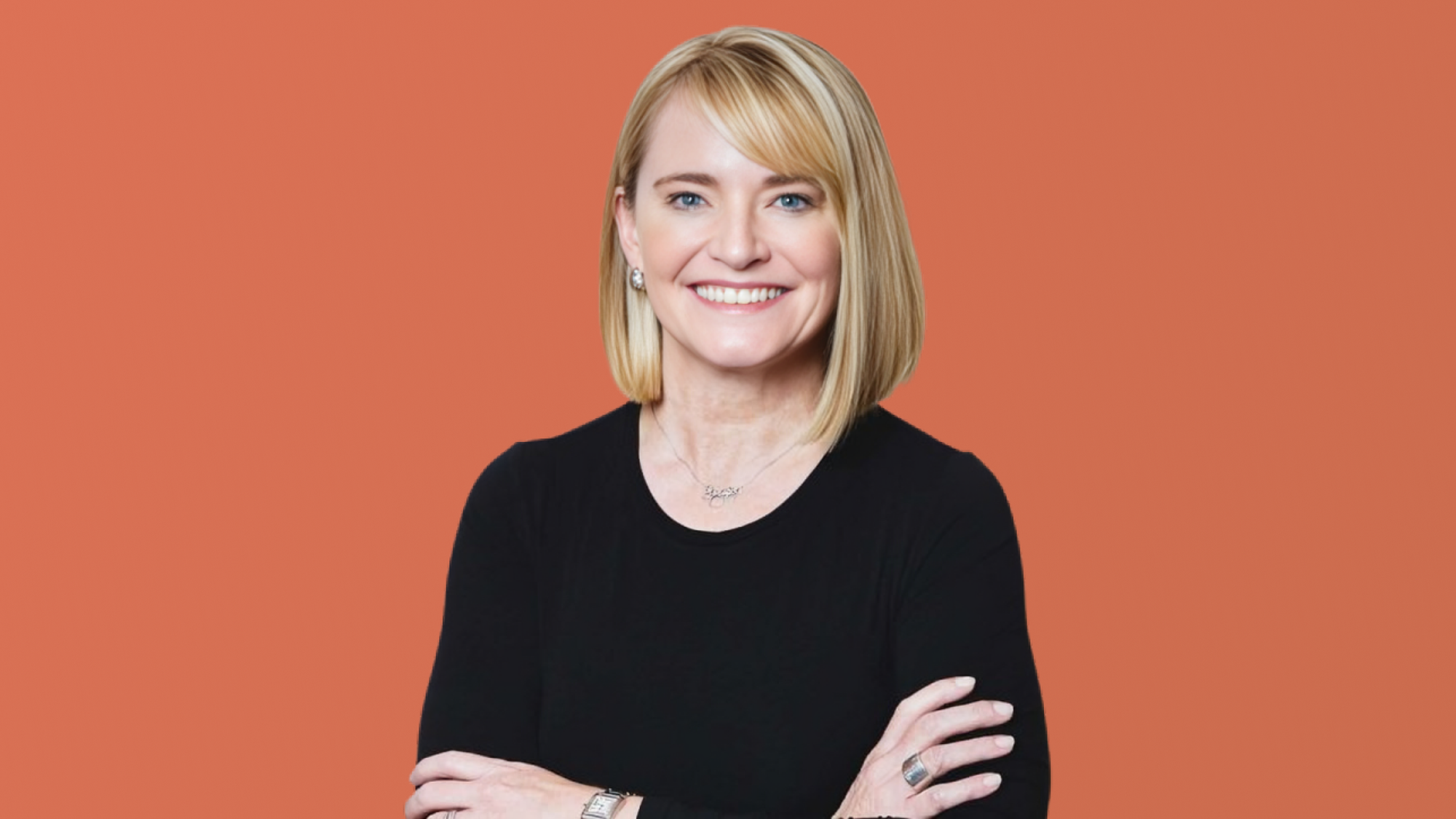- Raising a venture fund
- emerging VC managers
- LP fundraising tips
- Recast Capital
- diverse fund managers
Five Lessons for Emerging VC Managers: Courtney McCrea of Recast Capital on Raising Fund I

Courtney McCrea of Recast Capital shares five essential lessons for emerging VC managers.

So You Want to Raise a Venture Fund?
Raising Fund I is one of the hardest challenges in venture. The LP universe is fragmented, advice is contradictory, and even seasoned operators underestimate how long the process takes.
Courtney McCrea has lived both sides of the VC / LP equation. Before co-founding Recast Capital, she spent a decade as a managing director at Weathergage, a boutique fund of funds, where she evaluated both brand-name venture firms and lesser-known managers. What stood out? Many of the best performers were not the billion-dollar franchises — they were emerging managers raising Funds I, II, and III.
Today, through Recast’s fund of funds and its Enablement and Accelerate programs, Courtney and her partner support diverse emerging managers by providing capital, coaching, and connections. They’ve now worked with more than 100 GPs across the U.S.
On the How I Raised It podcast, Courtney distilled her experience into five key lessons for new venture fund managers.
Five Lessons for Emerging VC Managers
1. Find Your People
One of the most common mistakes new GPs make is trying to be everything to everyone. Talk to 100 LPs and you’ll hear 100 conflicting viewpoints:
- “Your fund should be bigger.”
- “Your fund should be smaller.”
- “You must have a co-GP.”
- “You should never have a co-GP.”
- “You need to follow on.”
- “You should never follow on.”
Courtney’s advice is simple but hard: decide who you are and stick to it.
“Don’t twist yourself into a pretzel trying to be all things to all people,” she says. “Spend the time upfront figuring out who you are, who you want to be, and then find your people — the LPs who resonate with that vision.”
That means some investors will pass, but that’s okay. The point isn’t to convince everyone. The point is to build authentic alignment with the right partners.
As Stacy Havener noted in our post on personal branding, the goal is to attract the right investors and repel the wrong ones.
2. Match the LP Archetype to Fund Size
Another trap for new managers: chasing LPs that will never write the check.
“If you’re raising a $10 million fund, don’t waste time with public pensions,” Courtney explains. “Their minimum check size might be $20 million, and many have never backed Fund I’s.”
Instead, she suggests aligning fund size and strategy with the right LP archetype:
- High-net-worth individuals (HNWIs): Quick decisions, sometimes $100K–$500K commitments over a single Zoom.
- Family offices: Flexible and values-driven, especially if your story resonates with the family’s mission.
- Foundations: Increasingly aligning their investment portfolios with their philanthropic side. If your thesis overlaps with their cause, you’re a fit.
- Corporates: Hungry to track early innovation in their ecosystems — a healthtech GP might land capital from health systems, for example.
Courtney even shared one unconventional story: a GP who raised $10 million from Victoria’s Secret. Not a typical LP, but proof that nontraditional sources can be game changers.
The lesson: know your lane. Don’t burn cycles on institutions that can’t or won’t invest.
3. Prioritize Momentum Over Diversification (in Fund I)
Conventional wisdom says every fund needs a diversified LP base. That’s true — eventually. But not in Fund I.
“Early on, your job is to prove you’re a good picker of companies,” Courtney says. “Diversification of LPs is a luxury.”
She offers a blunt example: “If a professional football player wants to back you, and introduce you to all of his teammates, take it. Raise your whole fund off professional athletes if you have to. Diversification can wait for Fund II or Fund III.”
Momentum matters more than a perfect cap table. Close the fund, start investing, and let results drive future optionality.
4. Don’t Waste Time With the Wrong Institutions
It’s tempting to meet institutional LPs “just to build relationships.” But Courtney warns this can be a distraction.
“If you’re a blue-chip spinout with a track record, institutions might back you in Fund I,” she says. “But if not, those meetings are rarely productive.”
Institutional investors love to “take the meeting” to see what’s out there. But unless you fit their check size, mandate, and risk profile, you’re just filling their pipeline — not yours.
Courtney’s advice: get focused. Spend your early energy on LPs who can actually commit. Hone your story, deploy capital, and return to institutions later with proof points.
5. Leverage the GP Community
Raising a fund can feel lonely, but it doesn’t have to be. Courtney stresses the power of community among emerging managers.
She’s seen GPs co-host LP dinners, swap introductions, and even form joint pitch sessions.
“One plus one really can equal three,” she says. “Especially in the diverse emerging manager community, collaboration can lift everyone.”
It’s also one reason Recast built its GP-facing programs. The Enablement program offers free coaching, LP panels, and networking. The Accelerate program, backed by Pivotal Ventures (Melinda French Gates), provides operating grants of $100K to women-led and nonbinary-led funds, alongside executive coaching and LP exposure.
The message: don’t go it alone. Leverage your peers, join programs, and tap into the collaborative ethos of the emerging manager ecosystem.
Final Tip
Fundraising is rarely fast. And data shows it takes women and people of color two to three times longer to raise their funds than their peers.
Courtney’s mantra: “Hang up the phone, and pick it back up again.”
Resilience, persistence, and finding the right believers matter far more than chasing every LP.
What This Means for Emerging Managers
Courtney’s advice can be boiled down to a clear playbook:
- Own your identity. Don’t contort your strategy — define it, and find LPs who align.
- Choose the right LP targets. Match fund size and story with LP archetype.
- Get the fund closed. Momentum matters more than diversification in Fund I.
- Stay disciplined with institutions. Don’t waste cycles until you’re ready.
- Lean on community. Collaboration and shared resources can accelerate your path.
The road is long, but the opportunity is real. Emerging managers are more diverse, creative, and differentiated than ever. And the LPs who bet on them today could be backing the blue-chip firms of tomorrow.